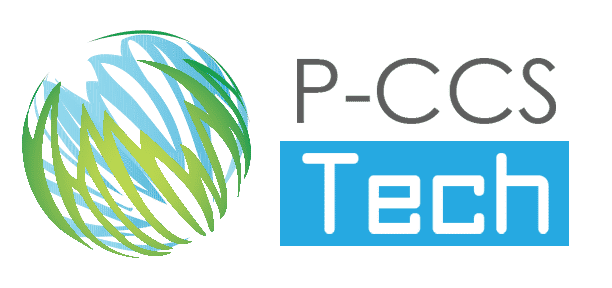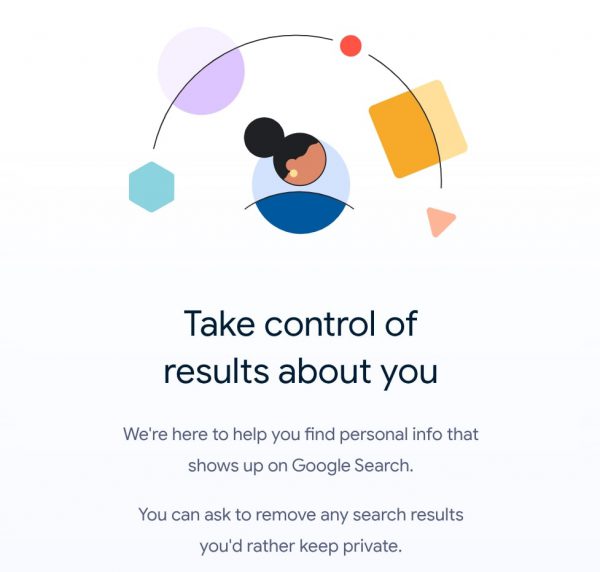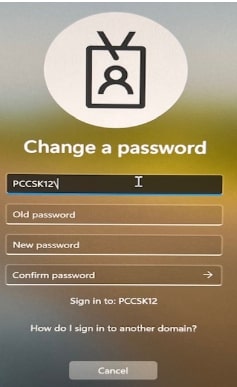Tired of grades that feel more like a punishment than a reflection of learning? You’re not alone. Traditional grading practices often focus on points and compliance rather than mastery. But what if we could shift our focus to student growth and create a more equitable learning environment?
Enter Canvas Outcomes. This powerful feature within Canvas LMS allows teachers to define clear learning objectives, track student progress, and ensure that every child has the opportunity to demonstrate what they know.
Why Use Canvas Outcomes?
Canvas Outcomes provides a framework for aligning your instruction and assessment with specific learning goals. Here’s how it works:
- Define Learning Outcomes: Instead of just assigning points to assignments, identify the specific skills or knowledge you want students to acquire. These outcomes should be clear, measurable, and aligned with your standards.
- Example: “Students will be able to analyze the main idea of a text and support it with evidence.”
- Align Assessments: Link your assignments, quizzes, and rubrics to these outcomes. This ensures that your assessments are directly measuring what students should be learning.
- When creating a rubric, you can align specific criteria with an outcome, clearly showing students what they need to demonstrate.
- Track Student Progress: Canvas provides tools to monitor student progress toward mastery of each outcome. This data can inform your instruction and help you identify students who need additional support.
- The Learning Mastery Gradebook provides a visual representation of student achievement for each outcome.
- Focus on Learning, Not Just Points: By aligning your grading with outcomes, you shift the focus from point accumulation to demonstrating mastery. This helps students see the purpose of their work and encourages them to take ownership of their learning.
Getting Started
Ready to give it a try? Here’s a step-by-step guide:
- Define Your Outcomes:
- Go to the “Outcomes” section in your course.
- Create your desired outcomes, ensuring they are specific and measurable.
- Align Outcomes with Assessments:
- When creating or editing an assignment, quiz, or rubric, you can align it with the outcomes you’ve defined.
- Use the Learning Mastery Gradebook:
- Enable the Learning Mastery Gradebook in your course settings.
- Use this gradebook to monitor student progress on each outcome.
- Communicate with Students: Clearly explain the outcomes to your students and how their work will be assessed in relation to those outcomes.
Benefits
- Increased Transparency: Outcomes make learning goals clear to both students and parents.
- Improved Student Motivation: When students understand what they are working towards, they are more likely to be engaged.
- Data-Driven Instruction: Canvas provides valuable data on student progress, allowing you to tailor your instruction to meet their needs.
- More Equitable Grading: By focusing on mastery, you create a system that is more fair and less susceptible to bias.
Did You Know?
- Canvas Outcomes can be aligned not only to individual assignments but also to entire rubrics, allowing for a more holistic assessment of student learning.
- The Learning Mastery Gradebook can be customized to display different levels of achievement, such as “Exceeds Expectations,” “Meets Expectations,” and “Does Not Meet Expectations,” providing a more nuanced view of student progress.
- Outcomes can be shared across courses and departments, promoting consistency and alignment in learning goals across the institution. Reach out to a TIS for more information on how we can support Outcome sharing.
Take the First Step
Integrating Canvas Outcomes into your classroom may seem daunting at first, but the shift towards focusing on learning objectives is well worth the effort. Start small, focus on one or two key outcomes, and gradually expand your use of this powerful tool.





